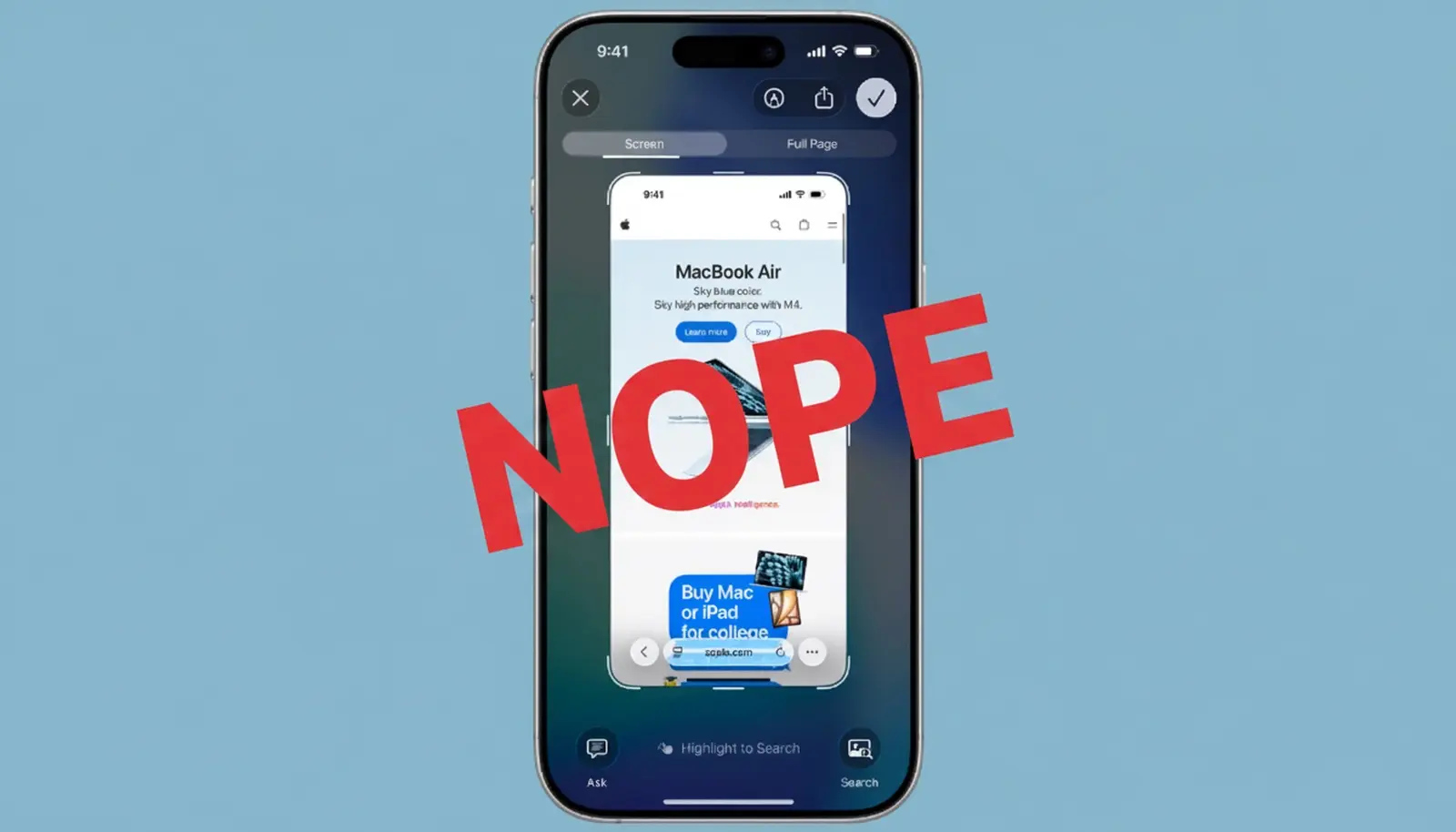
Lighting is a crucial part of any video shoot, whether you’re filming a scene for an indie movie with an expensive camera or using your iPhone to capture video of your kid’s soccer game. These easy phone lighting tips can really boost the quality of your videos, whether you’re using the latest iPhone or an old Android device.
3 easy phone lighting tips to make your videos look great
Chances are, you won’t have a professional lighting kit along with you when you use your iPhone to shoot video (unless you’re actually an indie film auteur — this tip isn’t for you). Cult of Mac spoke with Alaskan filmmaker Scott Slone about the best way to get great lighting for your iPhone videos without resorting to expensive and complicated equipment.
Use natural light sources
Slone laid it out for us. “You can’t always have lighting with you,” he said, “so the best lighting you’ll ever get is natural light.”
iPhones do a great job adjusting to the light around you on an everyday basis, he said. Plus, you can tap and drag the iPhone screen to change the exposure of the existing light on the scene in low-light situations. You can even lock the exposure you want right on your iPhone’s screen. (Android devices offer similar functionality.) All this affects the quality of the lighting in your phone’s video capture.
Make sure that if you’re shooting an interview, you let natural light from the window fill in the scene for you.
Avoid backlit scenes, says Slone, referring to shooting your subject against a bright window behind them. If you do, you’ll end up with the familiar silhouette you may have seen in videos of witnesses who don’t want their identity revealed. So avoid that, unless you’re actually filming an anonymous source.
Light your subject from the side
Ideally, you don’t want the light right in your subject’s face, either. That can cause them to squint, and nobody wants that. Position yourself so you are shooting from an angle that puts the light to the side of your subject.
If the lighting in your particular setting is awful, you can also focus in on tighter shots. Using the iPhone’s zoom function can help you get closer to your subject (within reason). And that can help you avoid some of the tricky lighting contrast options of a much wider shot.
Phone lighting for videos: 30 fps versus 60 fps
In addition, you can try varying the frames per second (fps) you shoot your video at. This will affect the lighting of the phone video. If you own an iPhone 6 or 6 Plus, you can film in 60 fps with a simple toggle in the preferences.
“All around, 30 fps on the iPhone 6 is better in low light,” said Slone.
However, if you train a strong light source, like a spotlight, on your subject, you can achieve a much better contrast between your subject and the background (clean black/low noise) with a 60 fps video. Action videos in low light look better at 30 fps, but a static scene, like, say, a concert, could benefit from a 60 fps video to help isolate the subject.
Newer iPhone models offer far greater options when it comes to frame rate. These can affect the way lighting affects your phone’s video quality. The iPhone 16 lineup, for instance, can capture video at higher frame rates. And in Cinematic mode, they can capture 4K HDR video at 30 fps, which produces a wonderful depth-of-field effect. The iPhone’s advanced cameras offer tons of options, all of which can affect the way your videos look.
Familiarize yourself with your phone’s settings and see how they affect the lighting in your videos. Play around to see what works best.
Ultimately, if you don’t own, or don’t want to use, external lighting kits, planning out your video shots to take advantage of natural lighting sources will help you capture the best possible video with your phone.
We originally published this post on phone video lighting on July 16, 2015. We updated the information.






